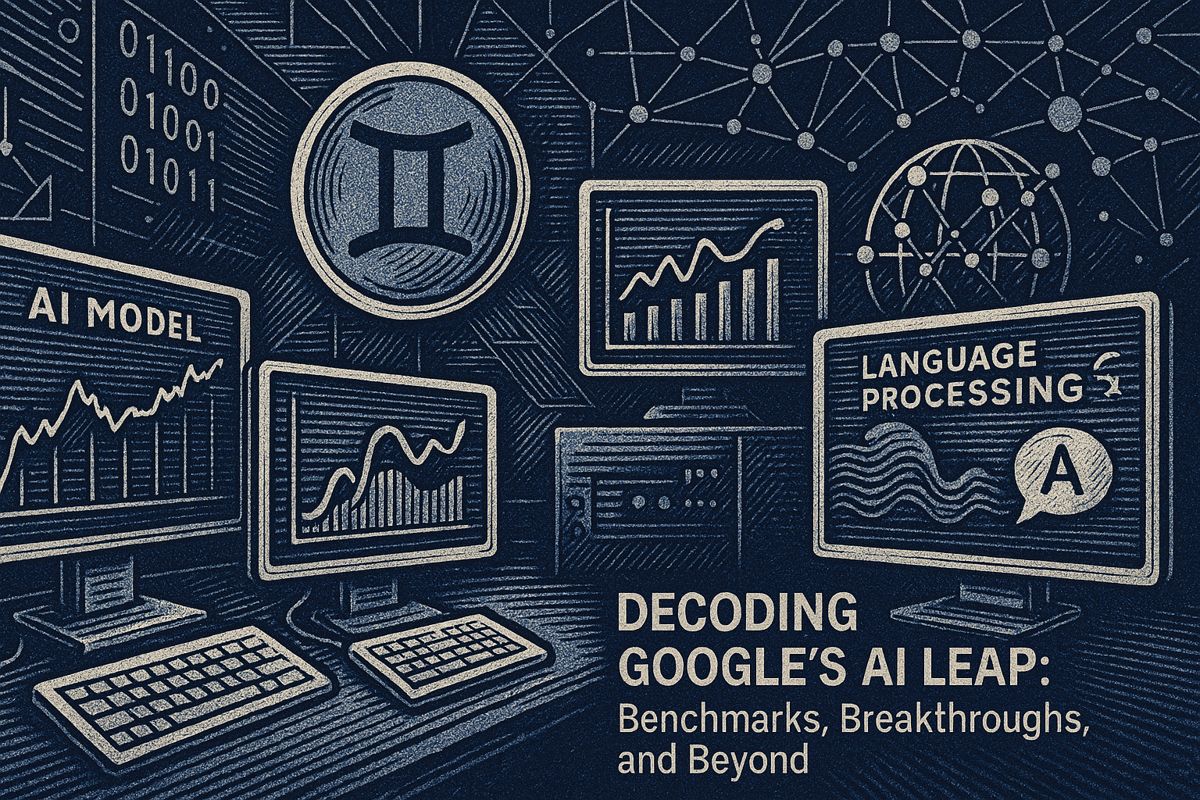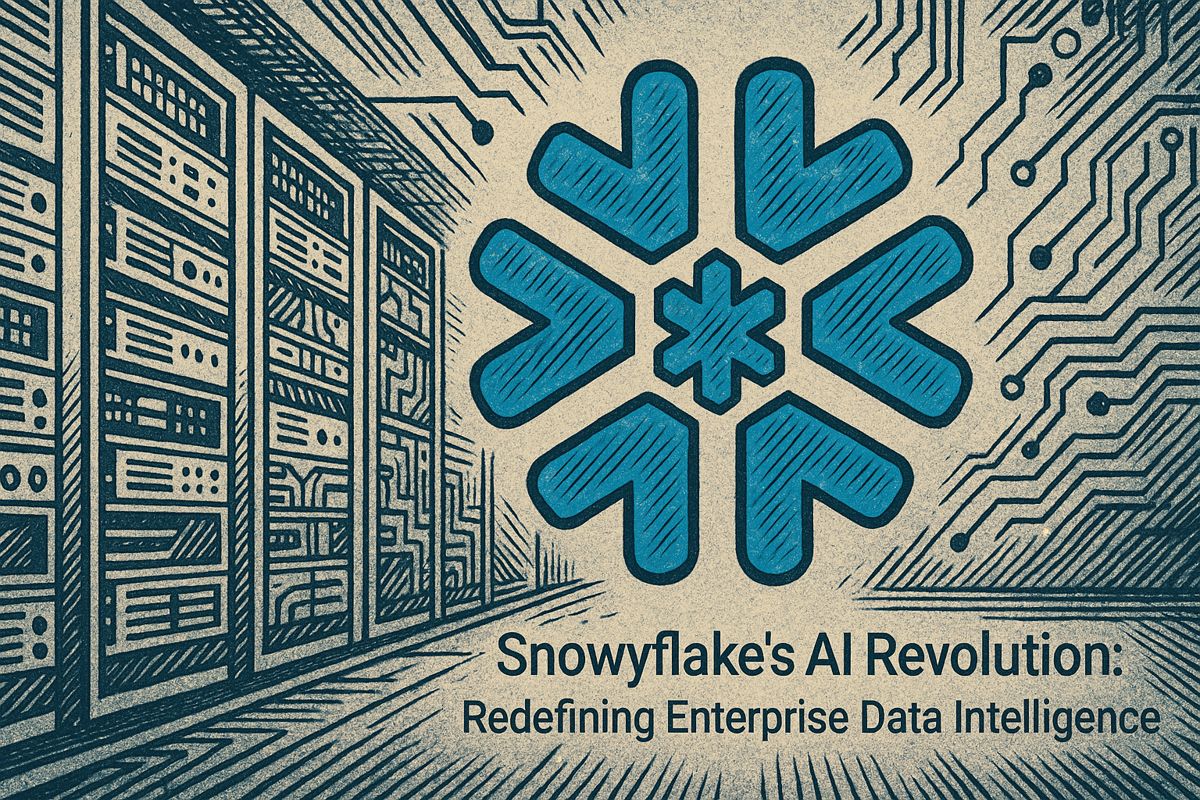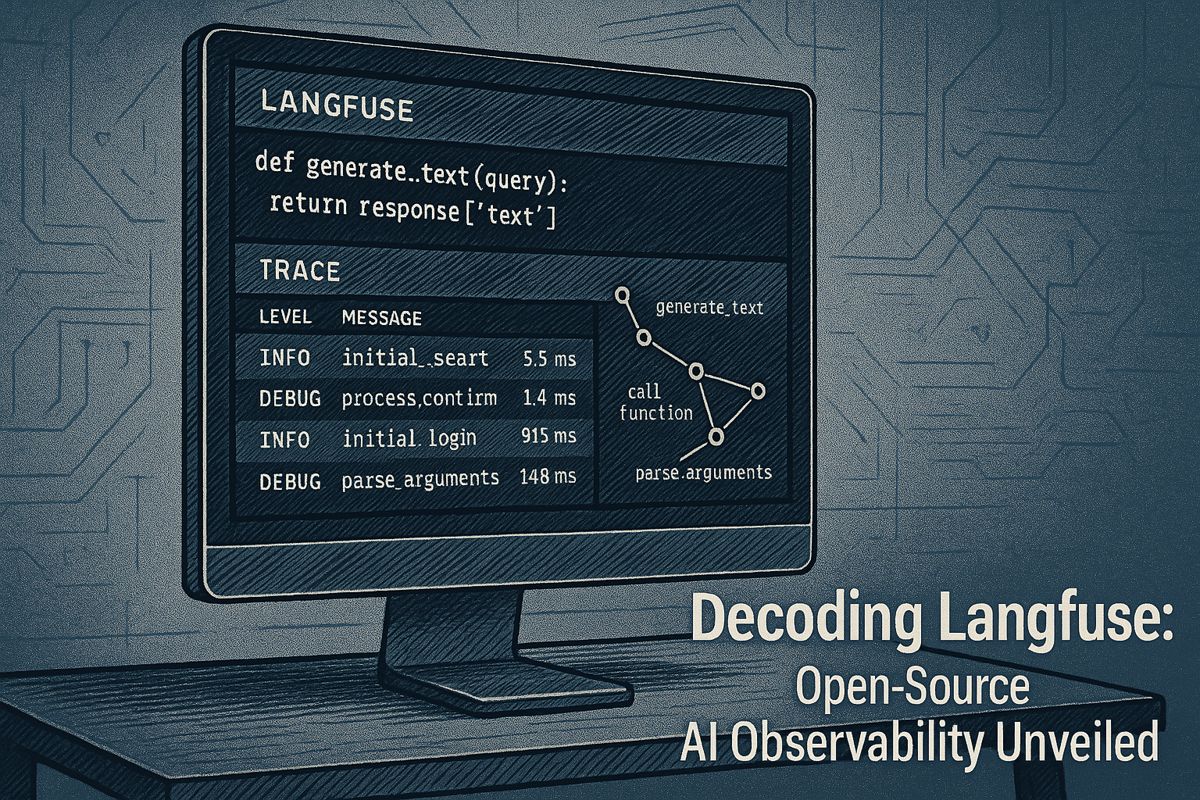Here’s the text with the most important phrase in bold:
Google stunned the tech world in 2025 with jaw-dropping AI innovations that push boundaries across multiple domains. Their Gemini 3.5 model now boasts a million-token context window, dramatically improving language understanding and processing capabilities. Flow, a groundbreaking tool, can generate Hollywood-quality videos directly from text, while Stitch automates user interface design in minutes. These advancements represent a massive leap in multimodal AI, transforming how we create content, design interfaces, and interact with technology. The tools promise to democratize complex creative processes, making advanced technological capabilities accessible to more people than ever before.
What Major AI Advancements Did Google Unveil in 2025?
Google introduced groundbreaking AI tools in 2025, including Gemini 3.5 with a million-token context window, Flow for generating Hollywood-quality videos from text, and Stitch for auto-generating user interfaces. These innovations mark significant leaps in multimodal AI capabilities across language, video, and design technologies.
Sometimes, a headline hits me harder than a double shot of espresso. This week, it was Google’s parade of AI revelations at their annual developer conference. My mind wandered back to that awkward first encounter with a language model – it was like teaching a cat to type. All bravado, little substance. Now, in 2025, we’re seeing million-token context windows. AI tools that whip up film scenes in the time it takes to yawn, and UI prototypes that spring to life before your screen glare fades. The march isn’t fiction. It’s real, and, frankly, a little unnerving – that flutter in my chest, is it thrill or dread?
From Bangkok Fumbles to Gemini’s Surge
Let me paint a scene: Bangkok, 2017. A shoebox coworking loft, fans whirring, humidity clinging to every surface. A ragtag team of developers sweating over Google’s first-gen AI, coaxing out a passable marketing email. Six prompts, three languages, and a comedy of errors later, the result read like something out of a surreal poetry zine. Fast-forward, and Google’s talking about “Hollywood-quality video from text.” Is that evolution? No – that’s AI pole-vaulting over the old rules. I’ll admit, I’m still a little sore from those early fiascos.
So what’s on the menu now? Google rolled out Gemini 3.5, which they claim leaps past OpenAI’s o3 model, scoring 86.2% on the notorious Aider polyglot benchmark. That’s up from 76.5% last round. (For comparison, OpenAI’s o3 clocked in at 81.3%.) The benchmark itself isn’t just another number soup; it’s a crucible, stress-testing models across dozens of programming languages. Specifics matter. In AI, as in life, the devil is always in the details.
The implications sprawl farther than most realize. Think: any company juggling multiple languages, or coders navigating the subtle quirks of, say, Kotlin or Haskell. Google’s leap isn’t just faster or flashier – it’s a step toward breaking down communication walls. It’s hard not to feel a prick of humility, remembering how sure I once was that “machine translation would always be awkward.” Oops.
Flow, Stitch, and the Shape of Creation
But Gemini’s only one act in this circus. Enter Flow: DeepMind’s new brainchild, spinning up “Hollywood-quality” videos from mere text and images. Skeptical? I was too. (After all, who could forget those early deepfakes – uncanny valley at its deepest.) But Flow combines Gemini, Veo, and Imagen, generating not just clips, but scenes, camera moves, and dialogue, all at a touch. Suddenly, it’s not just for influencers or pranksters. Teachers, marketers, even aspiring auteurs can storyboard their dreams without a lighting crew or a clapperboard. The future smells faintly of popcorn and ozone.
Now, let’s talk about Stitch. If you’ve ever been trapped in wireframing purgatory, endlessly rearranging blue rectangles, this one’s for you. Stitch autogenerates user interfaces – in minutes – and exports directly to Figma or CSS. No more slogging through grunt work, no more pixel-pushing marathons. It’s as if grunt work itself has been outsourced to a tireless digital apprentice. Oddly, I almost miss the ritual of zoning out during endless revisions. Almost.
And, in a classic Google twist, all these tools land in a single, all-encompassing AI Ultra subscription. For IT folks and curious makers alike, that means less headache, more playtime. Fewer logins, more time to poke at the bleeding edge. It’s the kind of consolidation that turns novelties into habits – and, perhaps, into necessities.
Multimodal Musings and the March of Progress
Don’t overlook the sensory leaps. Google’s refined text-to-speech now mimics the grain and warmth of a real voice. I listened to Gemini reading Thai – “ช่วยให้ทุกคนเข้าถึงเทคโนโลยีได้ดียิ่งขึ้น” – and for a moment, I forgot it wasn’t human. That’s accessibility for the globe, not just the English-speaking world. The sound was rich, round, and oddly comforting, like morning rain on a tin roof.
If you’re tracking speed, Gemini’s context window is now a million tokens – a dizzying figure compared to GPT-3.5 Turbo’s 16,385. Gemini 2.0 Flash can process 263 tokens per second; Gemini 2.5 Pro, 194. It’s enough to make a benchmark chart weep. But it isn’t only about raw horsepower. The real trick is how these models are entwined with tools creators already use – Figma, Google AI Studio, the familiar textures of the digital workplace.
I have to ask: could any of us have imagined this pace back in that muggy Bangkok office? I certainly didn’t. Sometimes my predictions age like unrefrigerated milk. But that’s the challenge, isn’t it? Feeling awe, a little fear, and the urge to tinker anyway. Progress is rarely tidy. And sometimes – well, you just have to sit back and let the new era wash over you.



















